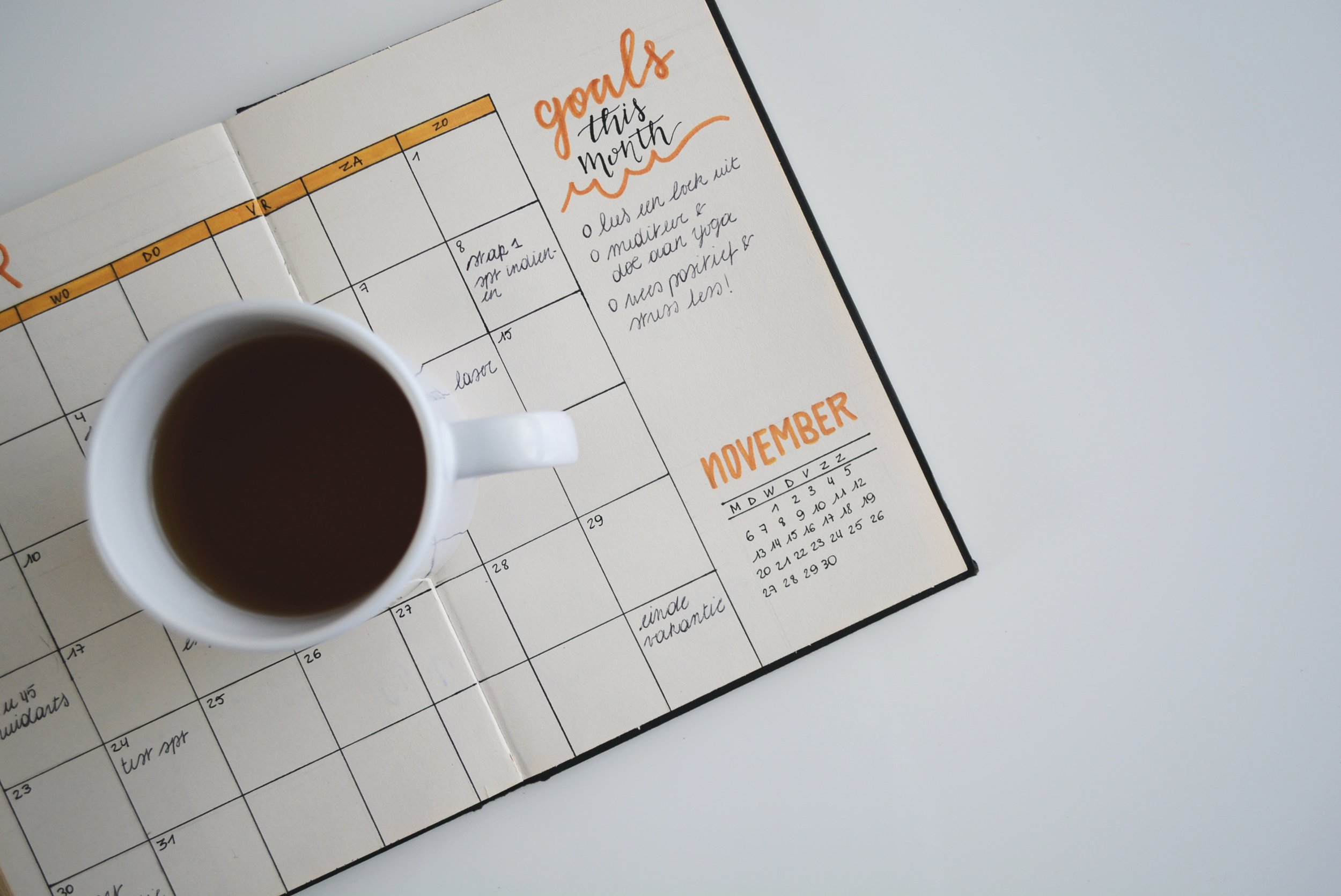“Caring for myself is not self-indulgence, it is self-preservation, and that is an act of political warfare.”
The term “self-care” can cause a variety of reactions. Some people feel guilty because they struggle to prioritize self-care practices. Some may feel proud because they feel they are succeeding at it. Others may feel confused by the concept. Oftentimes when self-care is talked about, those with disabilities or different ways of caring for themselves are left out of the conversation. In this post we will discuss self-care from a disability lens as well as the concept of community care. These concepts are just two different ways that self-care can be explored while still allowing for individuals to get the care and support we all need.
self-care through a DISABILITY lens
Self-care is something that is preached about in almost every corner of the internet, from brands preaching self-care in order to get you to buy their products to doctors preaching self-care to help you lower your high blood pressure. But is this view of self-care sustainable for everyone? For some people, what we often think about as self-care (bubble baths, yoga, or ice cream) won’t cut it. For individuals who are disabled or chronically ill, there can be some extra considerations to take into account when viewing one’s self-care.
Photo by Alina Kovalchuk via Unsplash
In her blog post, “The Spoon Theory,” Christine Miserandino describes what living with an autoimmune condition was like by using spoons as a physical representation of her daily energy. Everyone, no matter their health status, has a daily allowance of “spoons” that they need to use for all their daily activities. The number of spoons an individual has may vary and for spoonies (those with chronic illness of some kind), the number is often much less than the “average” healthy person.
Photo by Priscilla Du Preez via Unsplash
For many chronic illnesses, fatigue or low energy can be a very debilitating symptom. All kind of activities impact one’s daily number of spoons, everything from going to work to brushing your teeth. An individual can start their day out with less spoons or lose spoons from many different factors, such as not getting enough sleep, making a meal, skipping a meal, getting a cold, taking a shower, or running errands. Oftentimes, if an individual uses too many spoons today, they will feel the effects and have less spoons available tomorrow. Sleep can be restorative for some, but for others sleep is not restful and does not help with spoons. This can impact an individual’s self-care in many ways.
For many, a large part of self-care is understanding and coming to terms with what you would like to do versus what you are able to do. Self-care might take the form of listening to what your body is telling you and not doing something you wanted to do because it would impact how you’re able to spend the rest of the day. Or self-care might be the opposite of that, doing something you don’t want to do because you know it is what is best for your body or mind.
The way you take care of yourself versus the way someone else takes care of themselves can look very different, and that is okay. For some people, taking care of themselves looks like eating vegetables and going to the gym. For others, it looks like doctors visits, feeding tubes and ports, and routine needles and tests. It might be the act of getting any calories in your body that you can or lying down in a cool dark room when needed. Some people’s self-care looks like getting out in the sun more often, seeing a therapist routinely, or practicing mindfulness.
There is no one right way to do self-care. We all have different needs an individual’s self-care is not less-than just because someone else is able to do “more” or their care is more performative or obvious. Taking your medication, getting enough rest, and doing what you can is just as important as exercise, vegetables, and mindfulness. The important part is to keep doing your best to care for yourself, the best way you know how. Your self-care and health are important, no matter what that looks like.
Self-Care vs. Community Care
“Shouting ‘self-care’ at people who actually need ‘community care’ is how we fail people.
”
For many, self-care is not enough. This is where the concept of community care comes in. Where self-care is about the individual and their own individual needs, community care focuses on the community as a collective. Community care relies more on interdependence rather than independence. For many, independence is not the ultimate goal. There are few people who are truly independent, as most of us rely on others in our lives in some way. Self-care is not always enough and can at times seem more like a band-aid for a much larger problem
Community care recognizes the way in which human beings are social creatures who crave a sense of togetherness. Minimizing social isolation and turning to others for support can be a critical ingredient in mental health. Community care involves a commitment to reduce both individual and community harm simply through being together and supporting each other. This support includes whatever the individual might need and can range from basic needs to psychological needs to spiritual needs.
One of the main components of community care is the way in which individuals complete interpersonal acts of compassion. Interpersonal acts of compassion can take many different forms, both informal and structured. In its informal form, this can look like bringing dinner to a sick friend, being a shoulder for support, attending a local fundraiser, carpooling with a neighbor, or advocating for your community in whatever way you can. Formal interpersonal acts of compassion can take the form of support groups, communal homes, or even community-based nonprofits. Community care and interpersonal compassion propose a commitment to giving what you can, based on your own strengths. When you are in the position to give more than you need to receive, you do so. It goes back to the idea that you have trust in your community and the knowledge that the system of support is reciprocal.
Community care can also be used to navigate and deal with the burden of oppression. For many, self-care only offers temporary relief to the struggles they face in their daily life. Many of these struggles are based in deep-rooted structural issues, which traditional self-care cannot help. Taking medication and getting outside are great and important, but they don’t alleviate the burden of oppression. Self-care often operates on the underlying principle that if you want to feel better, you need to do the work yourself. For those who are disabled or already face daily oppression, this can become an additional stressor that can seem overwhelming. While community care isn’t enough on its own to solve structural oppression, it allows for collaboration and support between individuals who would otherwise be left alone to deal with the burdens in their life. Community care is the way that individuals come together to try and survive a system that is working against them.
There are a few ways that self-care and community care can overlap. Oftentimes, self-care is an important aspect in being able to take part in community care. For some individuals, self-care isn’t possible without the support of others in their lives. When an individual takes care of their own needs (such as sleep or medication) they may be better able to help out their community. Self-care and community care are always going to be ongoing. They aren’t something you do once and are done with, but instead are the culmination of the small things we do every day. These small things are going to be what add up to make a real difference.
Meet the Author: Abigail Smith, LGPC
Abby works with individuals at Space Between Counseling Services. She is particularly passionate about working with those in the LGBTQ+ community, college students, current or former sex workers, and those in times of life transition. As a counselor, Abby feels her role is to assist and support her clients in their own growth and identity self-exploration. While Abby does bring a person-centered approach and mindfulness into almost all of her sessions, she does not believe therapy is one-size-fits-all. This means she always takes into account each person’s individual situation and preferences to make sure your time together is focused on your unique needs and goals.
When she isn’t in the office, Abby spends her time cooking and baking while catching up on her favorite shows. She is currently obsessed with Lucifer, The L Word: Generation Q, and Brooklyn 99. Abby is currently accepting new clients for Monday mornings and Thursday afternoons and evenings in our Midtown Mt. Vernon office.




























